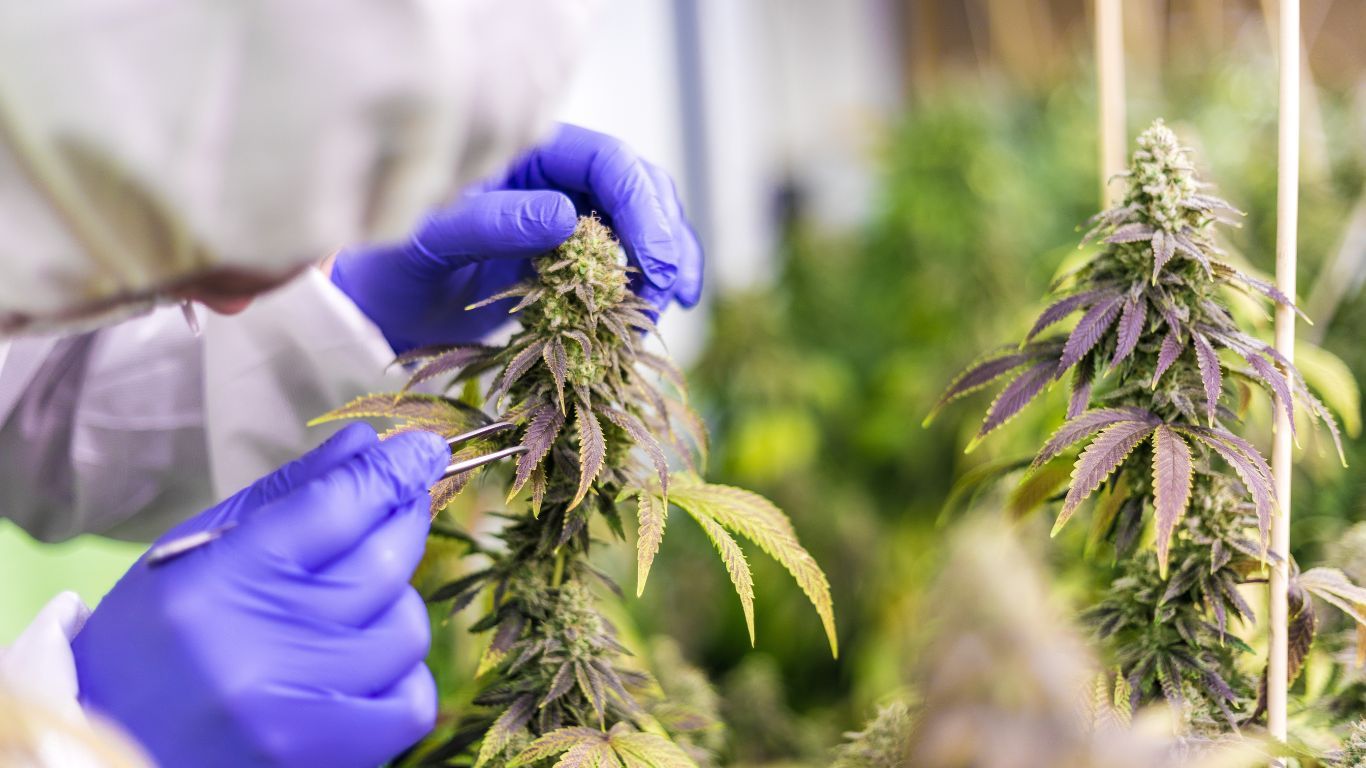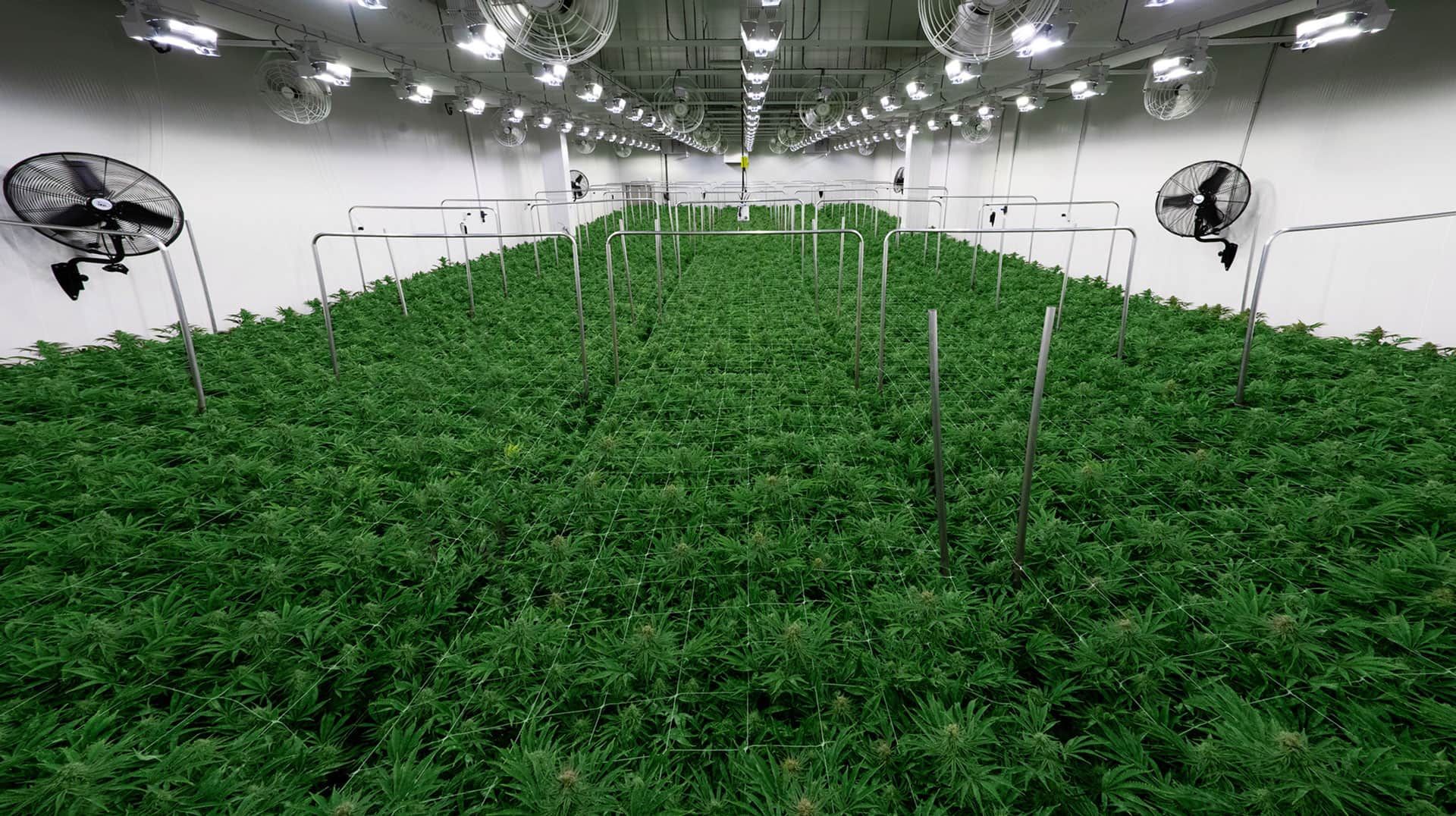
Study provides valuable baseline for presence of cannabis in fatal traffic accidents, but risks conflating presence of THC in bloodstream and impairment.
A recent study from researchers in Ontario looking at the presence of cannabis, alcohol and other drugs in the blood of drivers involved in fatal accidents in Ontario from January 2016 through December 2018 provides useful data for those seeking to track the impacts of legalization on road safety.
However, the study also draws conclusions that can easily be misinterpreted by those wishing to demonize cannabis or point to legalization as a cause for concern when it comes to road safety.
The study, conducted by researchers at the Canadian Centre on Substance Use and Addiction in Ottawa and the Centre of Forensic Sciences in Toronto sought to determine the prevalence of cannabis, alcohol and other drug use in drivers of motor vehicles who died in crashes in the Canadian province of Ontario from January 2016 through December 2018. It also looked at the characteristics of these drivers and some of the circumstances of the crash in which they were involved.
Of the 921 blood samples obtained from drivers involved in road fatalities, 495 (53.7%) tested positive for alcohol, cannabis (THC), or another psychoactive drug. Samples that showed a positive test for THC (251) were slightly higher than those for alcohol (241) and for those that tested positive for a drug other than alcohol or THC (235).
The number of cases that tested positive for THC (251) exceeded the number of cases that tested positive for alcohol (241) as well as the number that tested positive for a drug other than THC (235). In 38% of positive cases, more than one substance was detected.
The research also provided figures that broke down cases by sex and day and time of the accident, as well as if the accident involved more than one vehicle. For example, alcohol and THC were most commonly detected among males while females most commonly tested positive for a drug other than THC, such as medications with depressant effects.
Younger drivers, aged 19 to 25 were most likely to test positive for alcohol and/or drug use, with that percentage decreasing with increasing age.
This type of information adds to a valuable baseline of mostly pre-legalization data in Canada, with cannabis becoming legal in Canada on October 17, 2018. This baseline can help understand the impacts of legalization on issues like driver impairment and road accidents and if legalization has had an impact on that, with cases increasing or decreasing. This adds to a body of similar research in Canada from previous time frames that helps build this solid baseline for reference once more data becomes available for post-legalization numbers.
However, the study also acknowledges flaws in how this data can be interpreted, especially because the presence of a substance like THC does not necessarily imply impairment or a causation between the accident and the presence of cannabis. THC can be detected in blood for days or weeks after use of cannabis, unlike alcohol and other drugs where detection can be more accurately tied to impairment. Hidden in the very last sentence of the study it notes “the presence of a drug does not necessarily mean that the driver was impaired at the time or that they were responsible for the crash.”
A study from November 2020 shows frequent cannabis users can have THC levels of over 2 ng/mL for over a week after ever consuming cannabis and 5 ng/mL a day after use, long after any potentially impairing effects have likely passed.
It also notes that THC concentrations in postmortem blood samples can be higher than through “postmortem distribution”, showing higher concentrations than were actually present at the time of the accident.
In addition, the threshold for detection of THC in the study was only 1 ng/mL (Nanograms per milliliter.), whereas 2 and 5 ng/mL are the legal limit in Canada for impairment. The baseline it uses for alcohol is 10 ng/dL whereas the legal limit in Canada is 80 mg/dL (milligrams per decilitre). A nanogram one billion of a gram. A decilitre is one tenth of a liter.
The study also does not connect these fatal accidents to impairment, only the presence of these different substances in the driver.
Because of these issues, it’s possible and even likely this study will be referenced by those seeking to draw conclusions about the dangers of cannabis and cannabis legalization on road safety. For example, Conservative Health Critic Marilyn Gladu repeatedly has referred to a similar study out of Washington State that showed a “doubling” of crash fatalities involving THC following the state legalizing cannabis in 2012 (from 8% before retail sales to 23% 6 months after retail sales). However, this study also only looked at the presence of THC in crash fatalities, not the cause.
While the presence of THC in a driver’s system has certainly been tied to impairment, because cannabis can linger in a user’s blood for much longer than alcohol such studies need to be understood in the proper context. Education of cannabis consumers and drivers will also be key in helping ensure legalization is not directly tied to any actual or perceived increases in cannabis-involved road accidents and fatalities.










